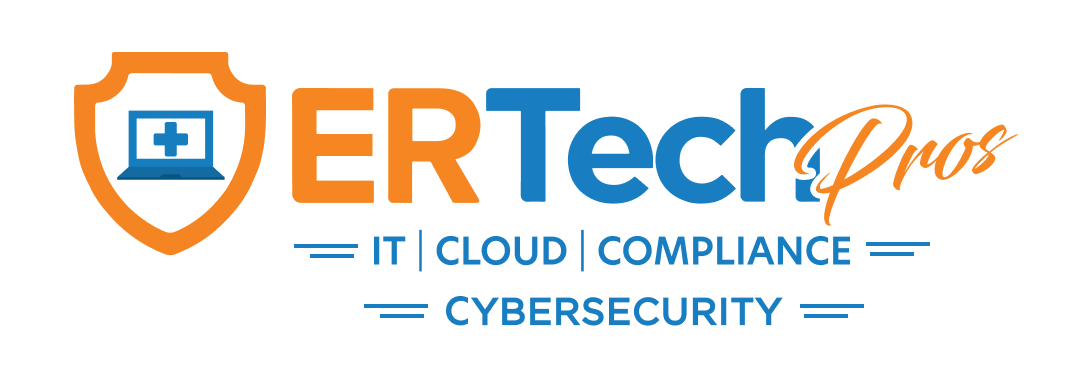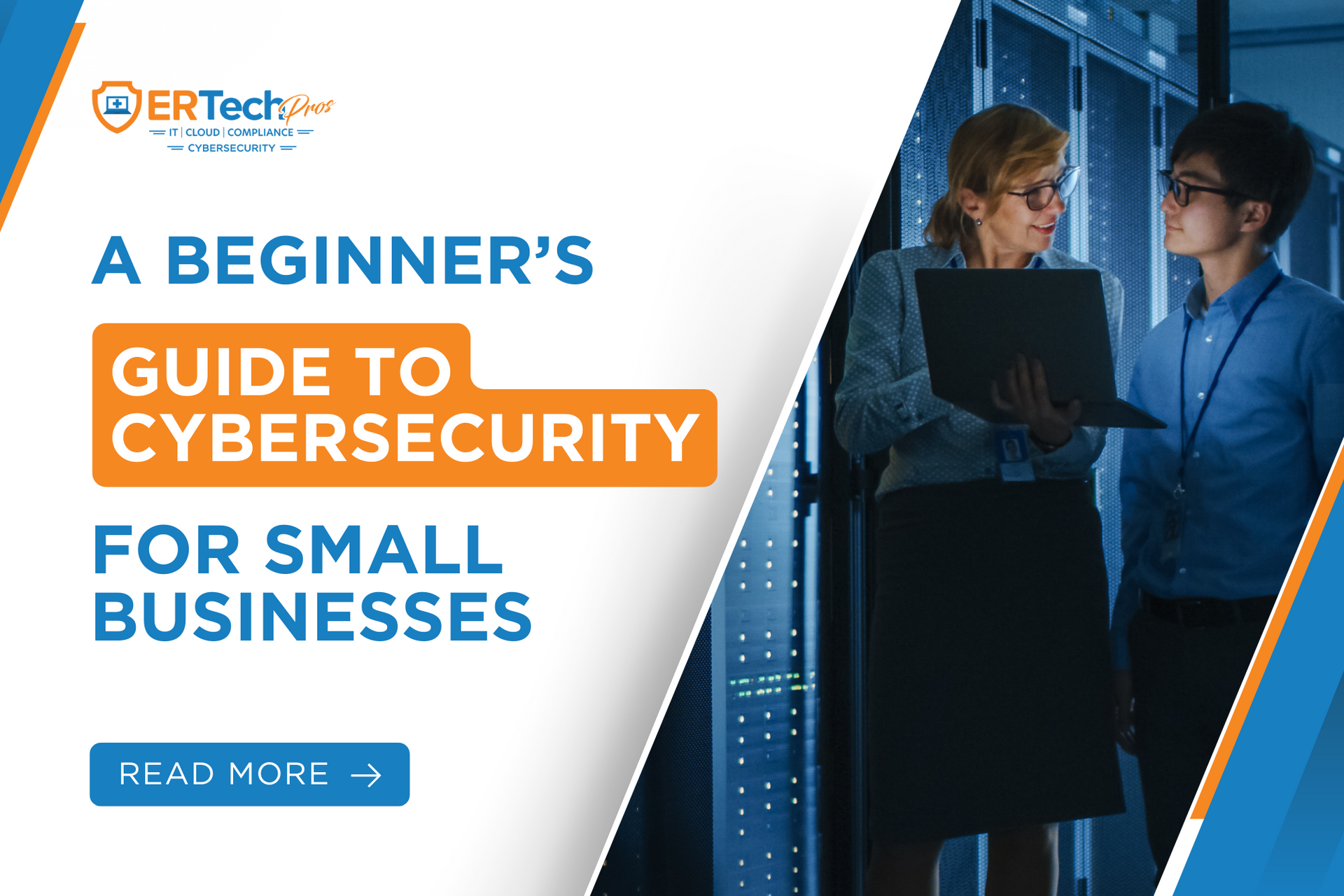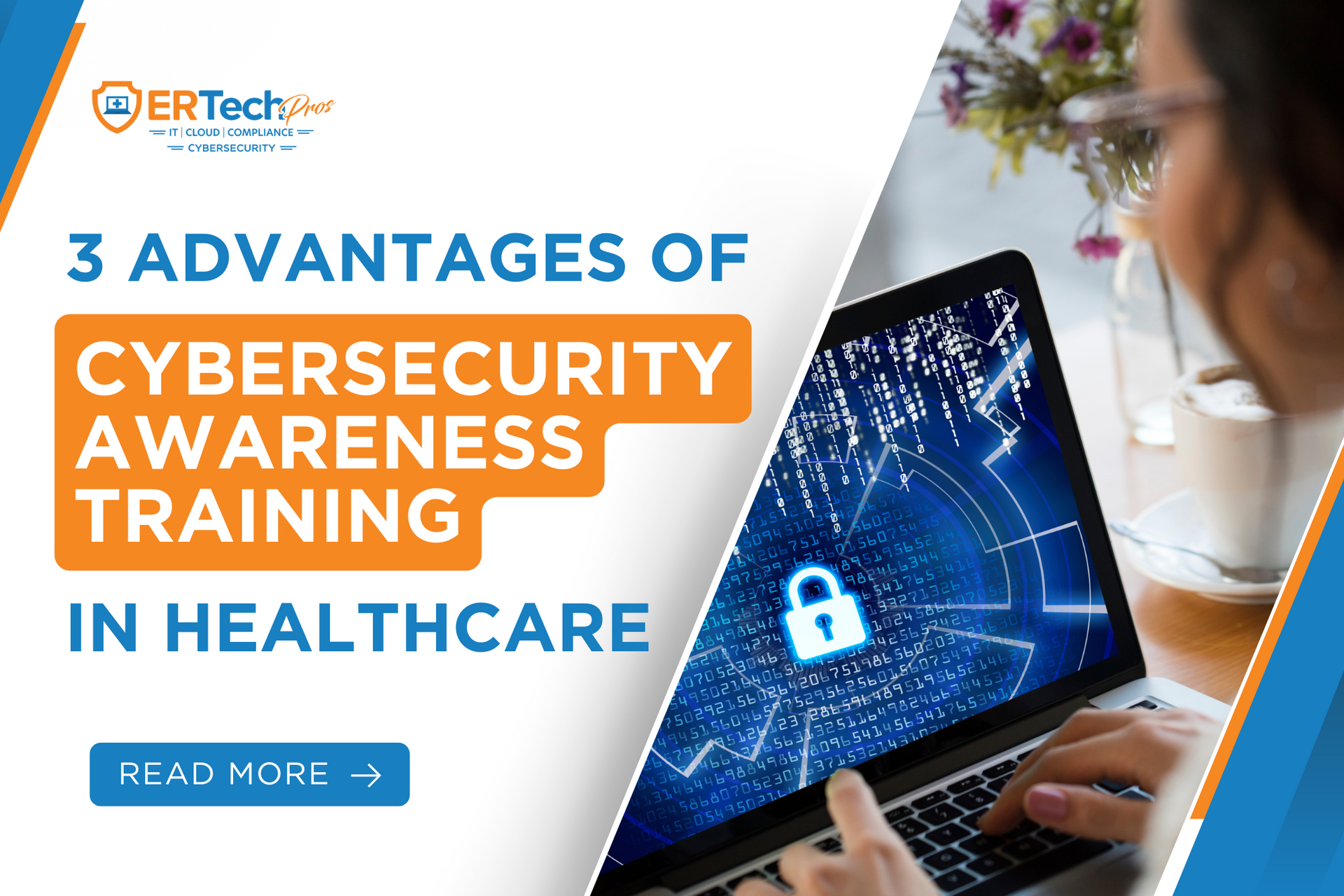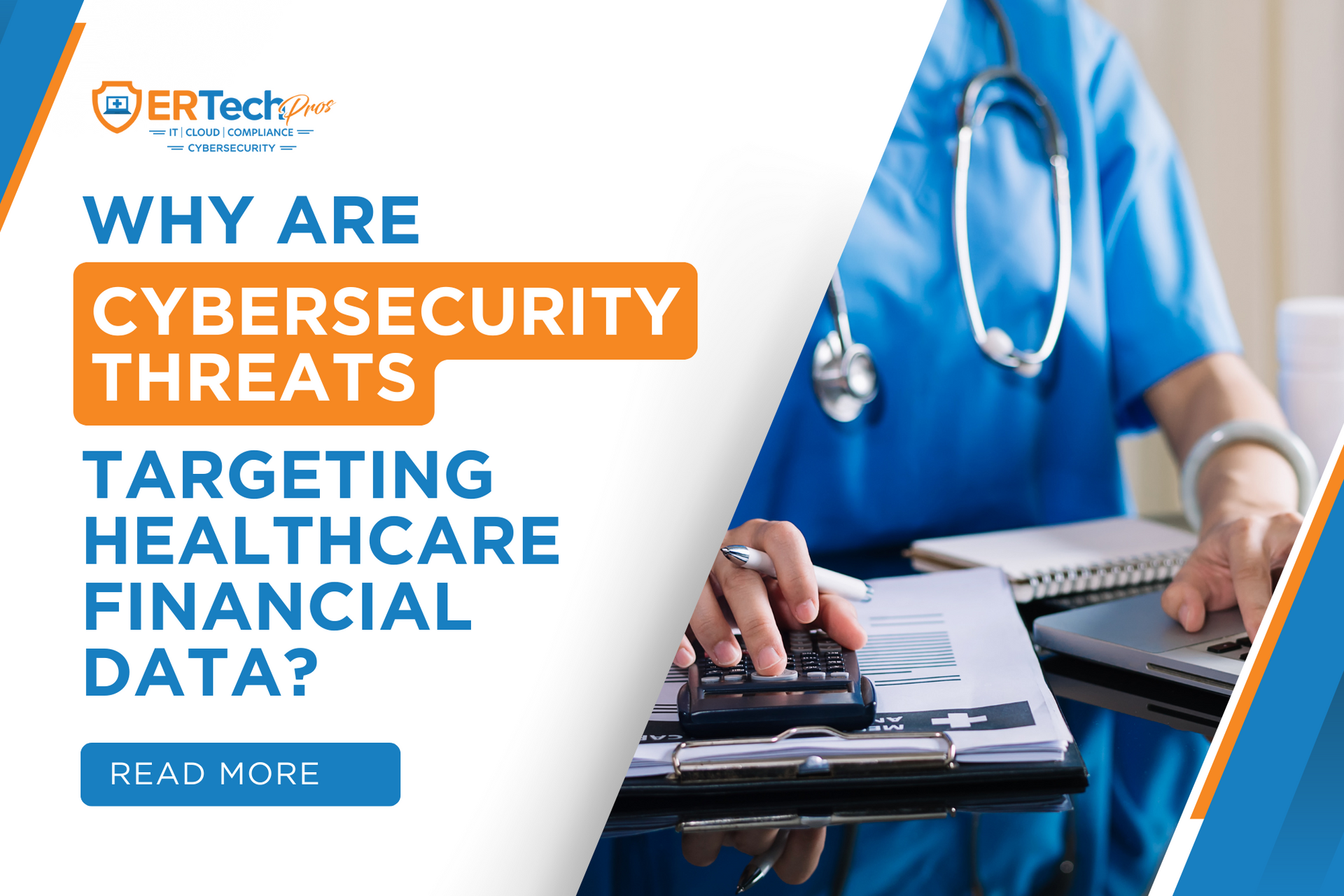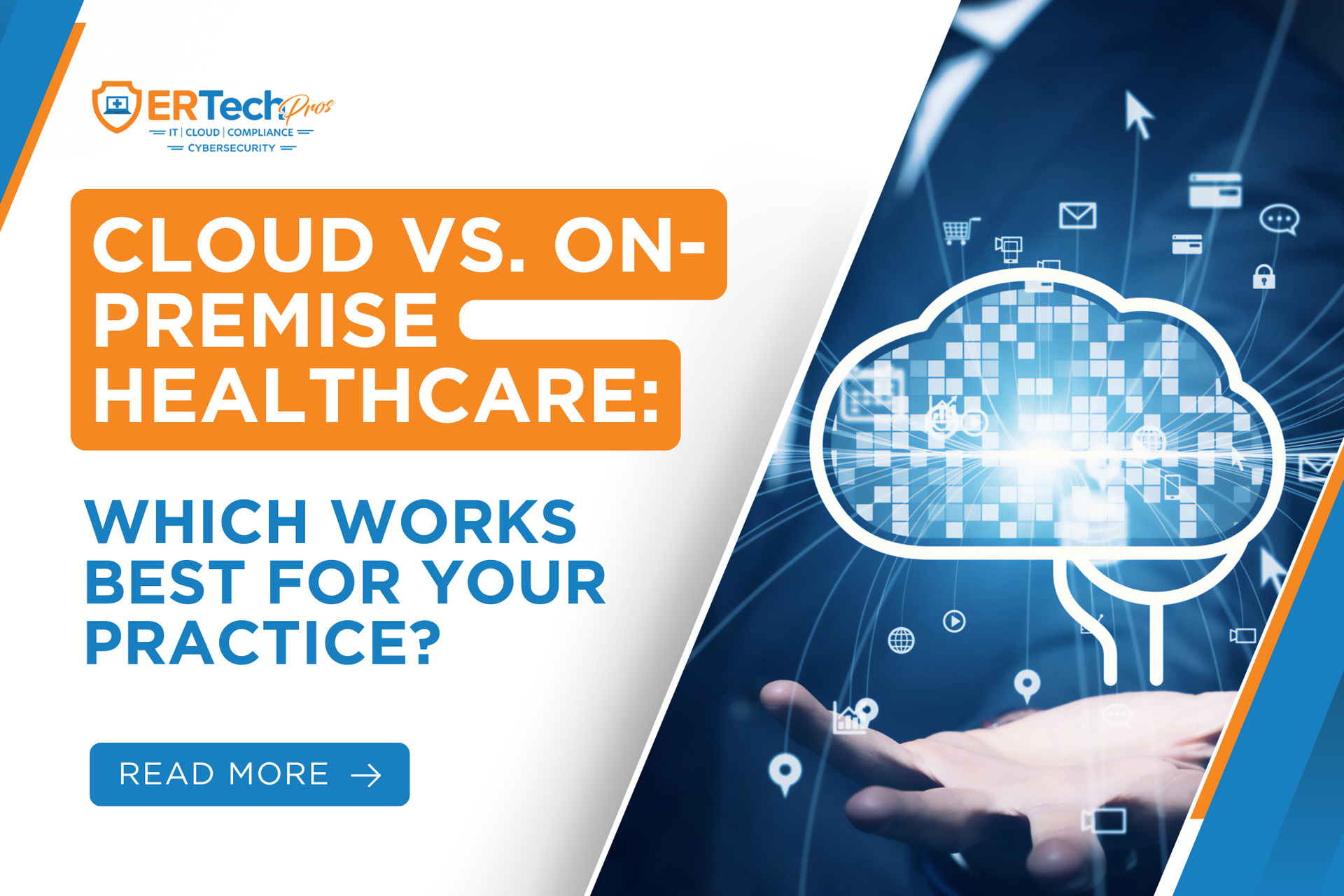We all understand the frustration when the video starts buffering while watching a TV show or movie. At the end of the day, though, it’s no big deal. But imagine that same connectivity issue happening during a critical business call, or worse, in a hospital emergency room where every second counts.
When a code blue is called, when lab results require immediate consultation, or when specialists need to coordinate, they require the speed and stability that traditional phone systems cannot provide. This is why most practices prefer managed Voice over Internet Protocol (VoIP) services.
VoIP uses modern, secure internet connections to keep communications clear, fast, and dependable. If you’ve been meaning to switch or just want a more
reliable VoIP solution, choosing a partner—one that can expertly manage your setup and scale your network as your practice grows—is a critical first step.
Choose ER Tech Pros, Choose Peace of Mind
What Is VoIP?
If you’ve used WhatsApp, Zoom, or Teams, you’ve already used a kind of
VoIP communication. Simply put, this is a method where you make phone calls over the internet instead of traditional phone lines.
It relies on:
- Reliable Internet Connection – Your voice is converted into digital data and transmitted over the internet.
- VoIP Technology or Apps – The platform that manages calls, video, and messaging.
- Compatible Devices – From desk phones and headsets to laptops and smartphones, VoIP works across many tools you may already be using.
With all of these supported by modern systems, you’ll enjoy:
- Voice calls (crystal clear, even across long distances)
- Video conferencing (great for team huddles or remote consults)
- Messaging and file sharing (keep conversations organized in one place)
This unified approach means your team spends less time switching between different communication tools just to reach the right person at the right time.
How VoIP Works
How does a VoIP call actually work? To understand this better, let’s compare it with traditional landlines.
Old-school phone systems use what’s called a circuit-switched network. That means every time you make a call, a dedicated line (or “circuit”) is opened between you and the person you’re calling. It’s like reserving an entire road just for your conversation, even if no one is talking at that moment.
Reliable, yes, but also rigid and inefficient.
Meanwhile, VoIP uses a
packet-switched network, where your voice is broken down into tiny digital pieces called “packets.” These packets travel across the internet, take the fastest available route, and then get reassembled on the other end into clear audio. Instead of blocking off an entire road, VoIP is more like sending cars down multiple highways at once—faster, more flexible, and better at handling traffic.
Sounds like a lot of steps, but the process is almost instant. You don’t notice the data hopping around; all you experience is a smooth conversation, whether you’re calling across town or halfway around the world.
Modern VoIP systems are also built with encryption, redundancy, and scalability in mind. It’s why more than
3 billion people already use VoIP because of its security, reliability, and proven ability to work in high-stakes environments.
Key Features of VoIP Systems
What can VoIP do for your team? There are several features that make VoIP indispensable for modern healthcare operations, such as:
Call Forwarding & Voicemail-to-Email
Business VoIP phone systems can route calls to the right person automatically, and voicemails can land in your inbox as audio files or even text transcriptions for quick review.
Video Conferencing & Team Messaging
Coordinate with staff, specialists, or even remote team members without switching between multiple apps. One platform is enough to handle it all.
Auto Attendants & Interactive Voice Response (IVR)
Callers can be routed quickly to the right department, whether that’s admissions, billing, or the ER nurse’s station.
Mobile Integration
With VoIP apps, your desk phone fits into your pocket. Staff can take calls, send messages, or join video meetings securely from their smartphones or tablets.
Emergency Communication Across Facilities
In critical moments, VoIP ensures communication is constant between different departments or even different locations. This kind of connectivity can be a lifesaver.
What Should I Consider Before Adopting VoIP?
Your success will likely depend on proper planning. Before making the switch, here are a few things every healthcare facility should keep in mind:
Internet Quality & Bandwidth
VoIP runs on your internet connection, so having reliable, high-speed access is a must. In a hospital or ER, strong bandwidth ensures crystal-clear calls even when multiple devices are in use.
Security & Encryption
Patient data and sensitive conversations must stay protected. Look for VoIP systems with built-in encryption and compliance safeguards to meet HIPAA and healthcare privacy standards.
Have the Right Provider
Not all VoIP providers for businesses built their systems with the demands of healthcare in mind. Partner with experts who understand ER workflows, compliance needs, and the urgency of medical communication.
Staff Training and Support
Even the best systems can fall flat if users aren’t comfortable with them. Make sure your providers offer onboarding and ongoing support, so your team can adapt quickly and confidently.
If you consider these factors, adopting VoIP solutions for your business becomes less about “if it will work” and more about how fast your team can start reaping the benefits.
Modernize Healthcare Communications with ER Tech Pros
Again, not all managed service providers understand the demands of healthcare, but ER Tech Pros does. Over the years, our team has perfected
VoIP solutions that work with the strict and superlative requirements of medical organizations.
Along with our VoIP solutions, we also provide:
- Tailored Deployment & Customization
No two facilities operate the same way. We work with your team to design and implement a system that fits your workflows, staff size, and communication priorities.
Our solutions don’t sit on top of your existing processes; they integrate with your EHR systems, scheduling platforms, and other healthcare IT tools for a unified communication experience.
- Ongoing Support You Can Count On
Technology is only as good as the people backing it. From initial training to 24/7 technical support, we stay by your side long after deployment.
Patients today expect nothing less than the latest communication technology, and your care teams deserve to be connected, instantly accessible, and equipped with modern tools for modern care. Let’s make it happen for you.
VoIP Made Simple, Healthcare Made Stronger
Frequently Asked Questions
Is VoIP reliable during power outages or emergencies?
Yes. Many VoIP systems are cloud-based and backed by redundancy. With the right setup, calls can be rerouted to mobile devices or backup lines, ensuring uninterrupted communication.
Does VoIP affect patient confidentiality?
Not if you choose a healthcare-ready system. Providers like ER Tech Pros ensure your VoIP setup is HIPAA-compliant and encrypted, keeping patient information secure.
Can VoIP handle high call volumes in a busy hospital?
Absolutely. VoIP is designed to scale with your needs, so it can manage multiple calls simultaneously without dropped connections or bottlenecks.
What does switching to VoIP cost compared to traditional phone systems?
Upfront costs are typically lower since there’s no need for bulky hardware. Most facilities see long-term savings on phone bills and maintenance, especially when paired with the added features VoIP provides.


